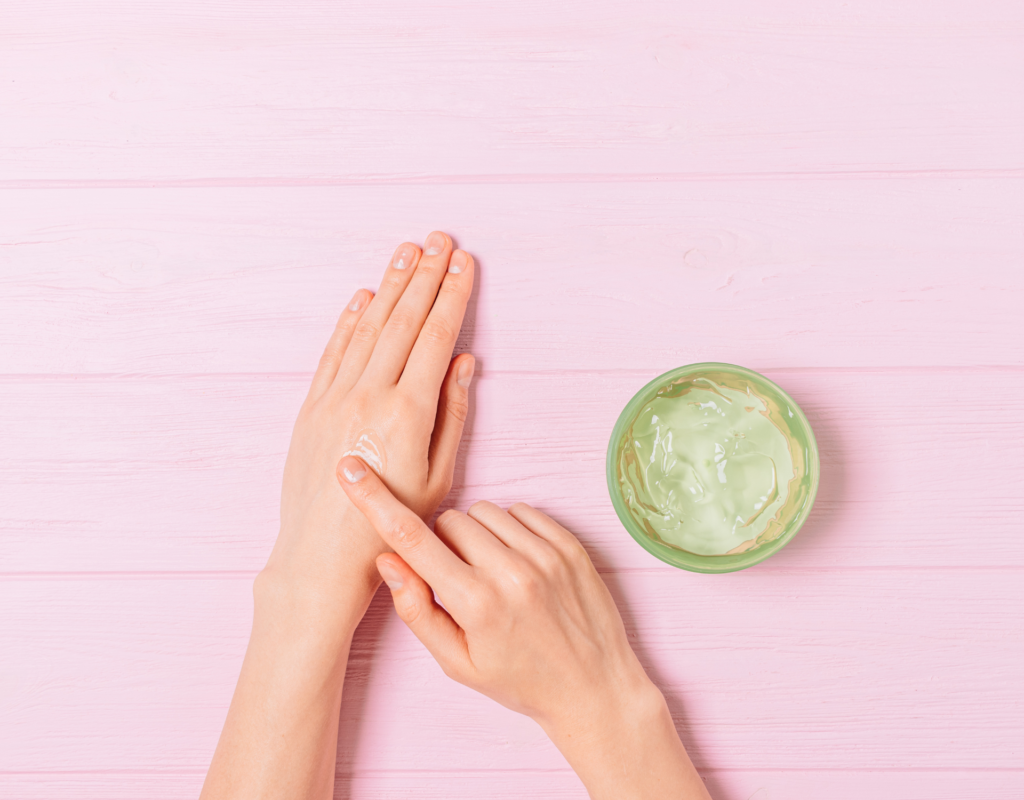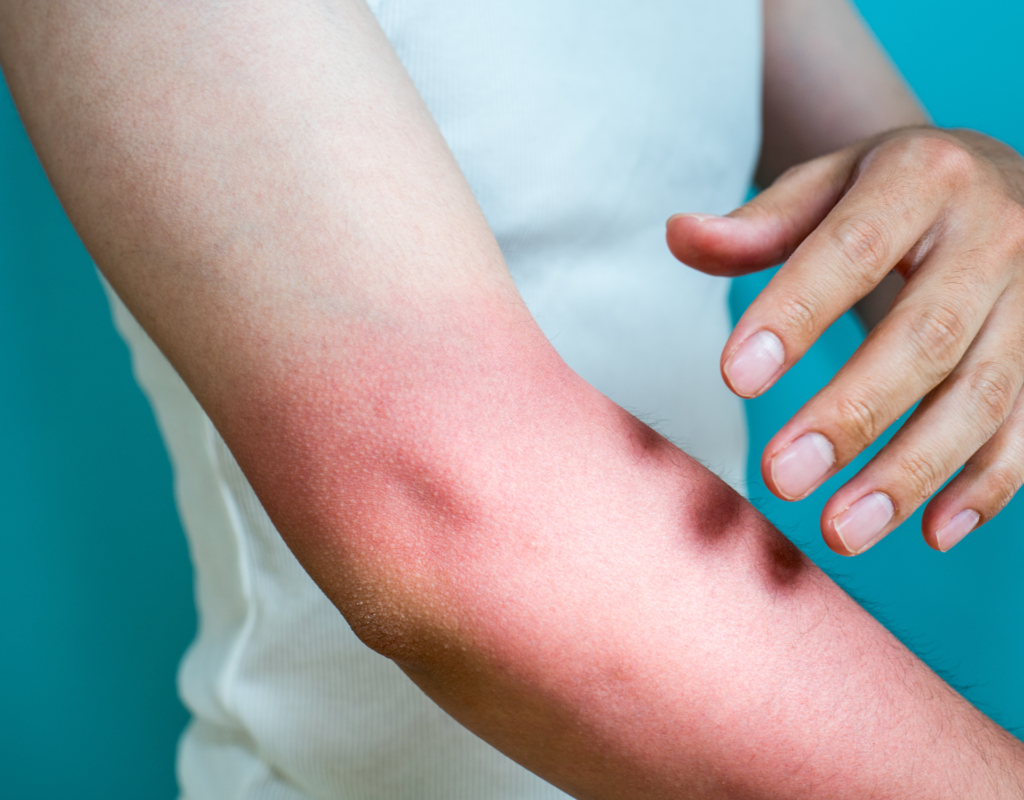Why aloe vera helps sunburn and how to use it to pamper your sunburned skin
Aloe vera is widely known to be a natural home remedy for sunburn. Studies show it helps skin heal and soothes pain. As a moisturizer, it also eases the sting and discomfort of peeling skin.
There are a few reasons why aloe vera helps sunburn: It has anti-inflammatory compounds that inhibit swelling and speed the healing process. The gel inside the plant offers a natural cooling sensation, particularly when you place a piece of the plant in the fridge for a few minutes to chill before applying. Sensitive skin responds to this remedy because it?s pure and free of chemicals.
Since the plant is so popular, it’s a common ingredient in many commercial lotions with aloe vera. Many people prefer these products because they include other natural ingredients that provide additional health benefits. Make sure aloe is one of the first ingredients listed.
How to use it

The American Academy of Dermatology emphasizes the importance of treating sunburn as soon as you feel the sting. The first thing to do is get out of the sun. Move to a shady spot if it’s the only option, but indoors are better.
Say you scald yourself when cooking. You probably already know to run it under cold water to stop the skin from burning. This same wisdom applies to sunburns. Run a bath towel in cold water and lay it over the affected area for about 15 minutes to remove some of the heat from your skin. Shower or bathe in cool water and gently pat yourself dry leaving some moisture.
Knowing why aloe vera helps sunburn is most useful if you also know how to apply it for maximum effect. Apply it before your skin completely dries in order to trap the excess moisture and prevent dryness that leads to peeling. To access the pure gel inside of the plant snap off a leaf or two, depending on the size of the damage.
Break the leaf with your fingers at a wide part and slowly squeeze out small amounts at a time. Apply as you go, gently rubbing generous amounts of gel directly on the damaged area. Squeeze until no more comes out, then break the leaf in another section to extract as much gel as possible.
If using a commercial lotion, check the ingredients list and avoid products with any of the following: benzocaine, lidocaine, and petroleum. These ingredients actually trap heat and further irritate damaged skin.
Aloe works best on first degree burns, which affects the top layer of skin. Assess the severity by gently touching the damaged area. A first-degree one will feel dry while a more severe one goes deeper and produces white blisters that feel wet. Third-degree burns will also feel wet and produce blood blisters. Go to a doctor immediately if it’s more severe than first degree or if you feel dizzy, nauseous or sick in any way.
Let it heal

If your skin continues to hurt after you’ve treated it, taking an ibuprofen will further reduce swelling, pain, and redness. Stay hydrated, too. Drink more water than usual because these burns dry you inside and out.
Protect your fragile skin as it heals and ever after. Avoid going out in the sun as much as possible. Cover your skin in loose, tightly woven fabrics to block rays.
Do not touch skin blisters or the area could become infected.
Prevention

It can’t go without saying that prevention is the best way to avoid sunburns and the resulting skin damage. Always wear a sun hat, opaque glasses, skin-covering clothing, and sunscreen. Reapply 1 ounce of sunscreen after swimming, if you sweat a lot and every two hours when outside. Dermatologists recommend wearing it indoors, too, since you’re still exposed to ultraviolet rays through windows.
Share what you know! Tell friends why aloe vera helps sunburn and encourage them to use it as often as needed to protect, heal and nourish the skin.

